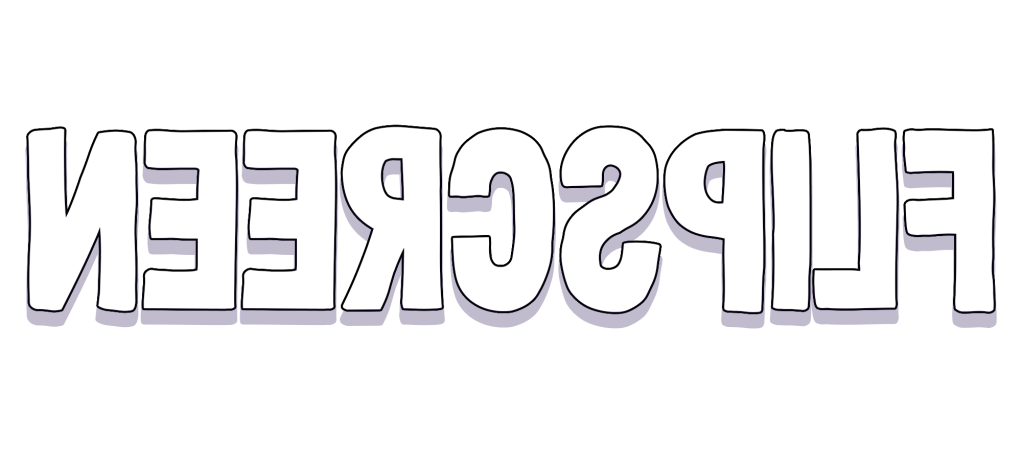It may be known as most people’s favourite Christmas film, but Frank Capra’s It’s a Wonderful Life (1946) was never intended as such. Whilst praising this acclaim as a classic in the 70s thanks to countless re-runs around the festive period, Capra’s film was one of the many films talking about loss after the devastating events of World War II. If you haven’t seen the film, you probably still know the premise – a guardian angel shows a man what his life would have been like if he had never existed. This is an idea that has been replicated as much as Groundhog Day (1993), but It’s a Wonderful Life took an approach to male mental health at a time when many Americans thought it was just a myth.
It’s horrible to know that one in five adults have considered taking their own life at one point, these are people like the central character of George Bailey, who did not realise that even the want to never exist is still a suicide thought. The character of George Bailey is an interesting one, one that represents the wish of young Americans wanting to live an exotic life rather than the small-town suburbia that his parents had brought him up in. However, setback after setback causes a different outcome for him.
George plans to tour the world before college, but his father’s sudden death forces him to stay and keep his family’s ‘building and loan’ open, the only business stopping board member, Henry F. Potter, from becoming Mr. Monopoly himself. The insistence of having George run the business results in him giving his college tuition to his younger brother, Harry, instead, on the condition that Harry takes over after he graduates.

Harry returns from college married and with an excellent job offer from his father-in-law. George won’t let him turn it down, so he keeps running the family business as well as getting married himself. Rather than marrying the hottest girl in town, Violet, George settles for Mary – a girl who has had a crush on him since they were children. Even later, he has to use his own honeymoon savings to keep the business solvent.
Just when it looks like the business is finally on the way up, his uncle, Billy, misplaces $8000, which Potter finds and says nothing. This means scandal and criminal charges will follow George and his uncle for misappropriation of funds. With nowhere else to turn, George goes to a bridge and contemplates suicide. This is where Clarence, his guardian angel, dives into the river and George’s natural good instinct kicks in and rescues him.
Here is where the cognitive behavioural therapy (CBT) looks to teach George these specific techniques to help retain the glorious wonder of life. CBT looks at several steps in how people need to evaluate their lives and remember the many positives while ignoring recent bad events. CBT states that your thoughts and feelings are all interconnected and negative thoughts trap you in a vicious cycle. First, Clarence refocuses George’s attention to the good deeds he has done (save his brother’s life, help families buy a home and start their own life, etc.)
In CBT, you have to get through the emotionally uncomfortable, which is the first step on George’s journey to recovery. George and Clarence enter a local bar where no one remembers who George is, causing their odd behaviour to get them kicked out. This is when Clarence gets George to identify situations in his life and to show that never existing means certain things about his town are now different. George sees that the town is no longer ‘Bedford Falls’ but now ‘Pottersville’ – becoming aware that his existence had stopped the monopolisation of everything he ever loved.
Clarence further shows George what his life meant to other people – his uncle has been institutionalised, his brother drowned as a child since George couldn’t save him and Mary is now a spinster. George recognises his inaccurate thinking and returns to the bridge, begging Clarence for his life back. George gets his wish and his reality is restored, where he rushes home to await his arrest. He kisses his wife and kids, appreciating the little things, like his staircase being broken.
However, associates of the business including uncle Billy arrive and tell George that they’ve rallied the townspeople, who have donated more than enough to cover the $8000. The whole of the town slowly appears to donate their money and thank George for what he’s done for them. The sheriff rips up George’s arrest warrant and his younger brother Harry toasts George as “the richest man in town.” Clarence then follows up with George later by giving him a copy of The Adventures of Tom Sawyer with a note inside that reads, “no man is a failure who has friends.”
It’s possibly the most heart-warming ending from Golden Age Hollywood and one of the first films to depict and analyse mental health in a positive way. It’s a perfect example of how to analyse your own thinking when your thoughts become suicidal. You don’t need to be a town saviour like George Bailey, but nobody is ever a failure with friends or loved ones by their side.
Header Image Courtesy of Paramount


Leave a comment